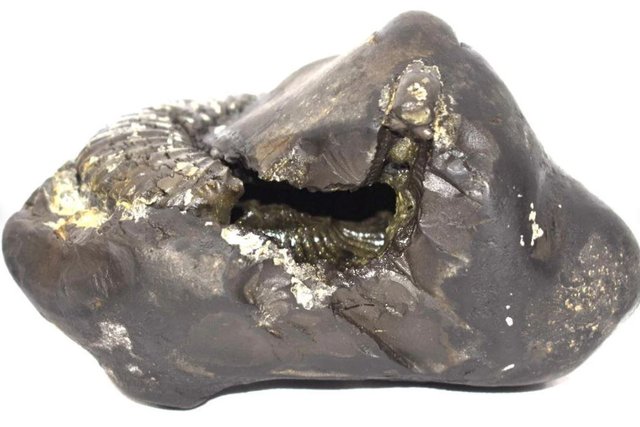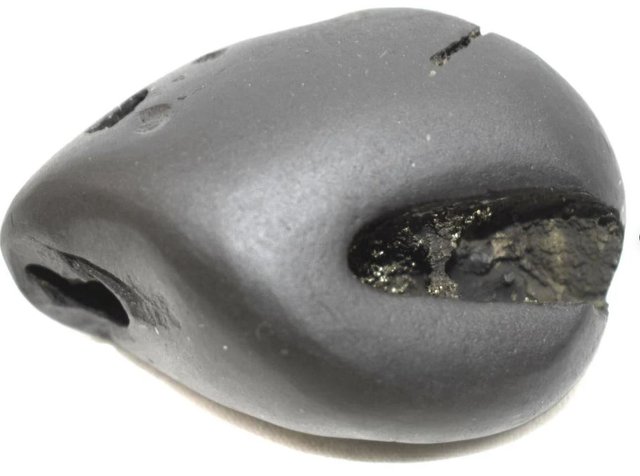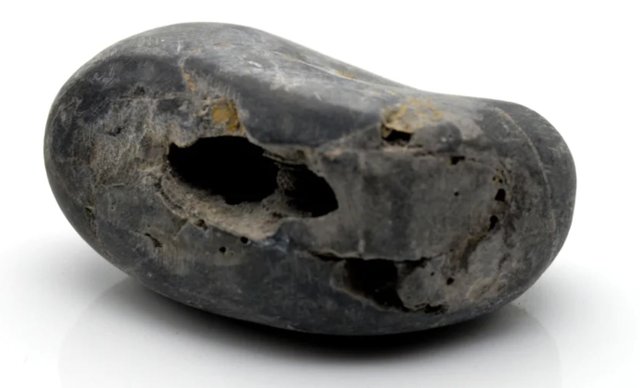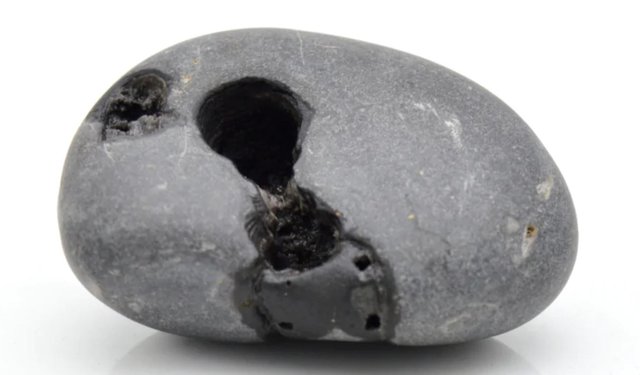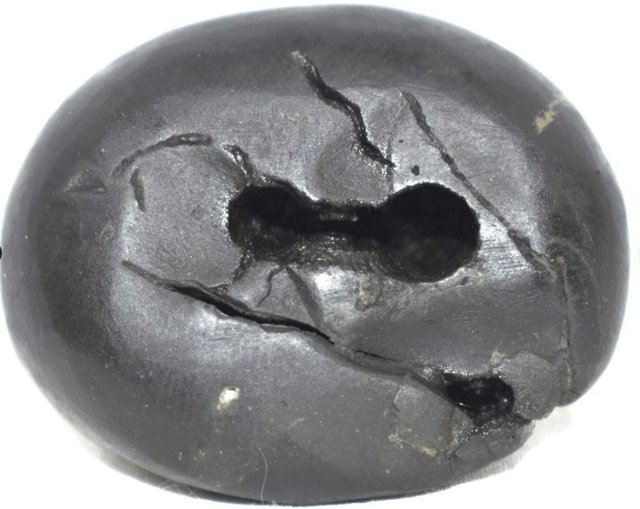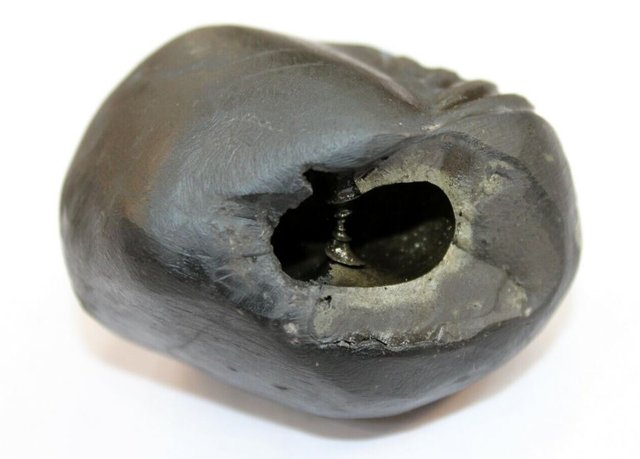Damodar Kund: The Shaligram to rule them all
In remote mountains of the Himalayas, shaligrams are found in the Gandaki River.
Tracing their path back to their source, shaligrams are said to come from Damodar Kund.
The terrain leading up to this lake is filled with signs of processes involved in the shaligram formation. While shaligrams are considered to be fossils of creatures called ammonites, Damodar Kund raises questions regarding whether or not the fossils are from creatures that once lived.
Signs of sections of rock filled with complex designs are not limited to portable stones, but the same structures can be seen in larger-scale systems like hills and the mountainsides.
Holes in stones
These shapes and openings are reminiscent of shaligrams themselves:
Curiously, these lakes are separated by a divided center having light-colored stones in paths.

Source
These lakes appear to be openings into the side of a shaligram.

As can be seen from the formation of shaligrams, they tend to create openings along the edge of the structure. Where the overall vortex is not cleanly stripped of rock, there are walls that stand but that become chemically modified as well as begin to contain larger holes in along the edges of the carved opening.
Moreover, the region additionally has distinct chakras, as the spirals are termed in shaligrams, which are in an opening gouged into the ground.


Meanwhile, Damodar Kund itself appears like looking into a viewing chamber of a shaligram:
Conclusion
Shaligrams are not fossils.

Notice how the two "fossils" are coalesced and their structure is dependent on the other? This is the case for flowing energies, but not for shells in a rock matrix.

